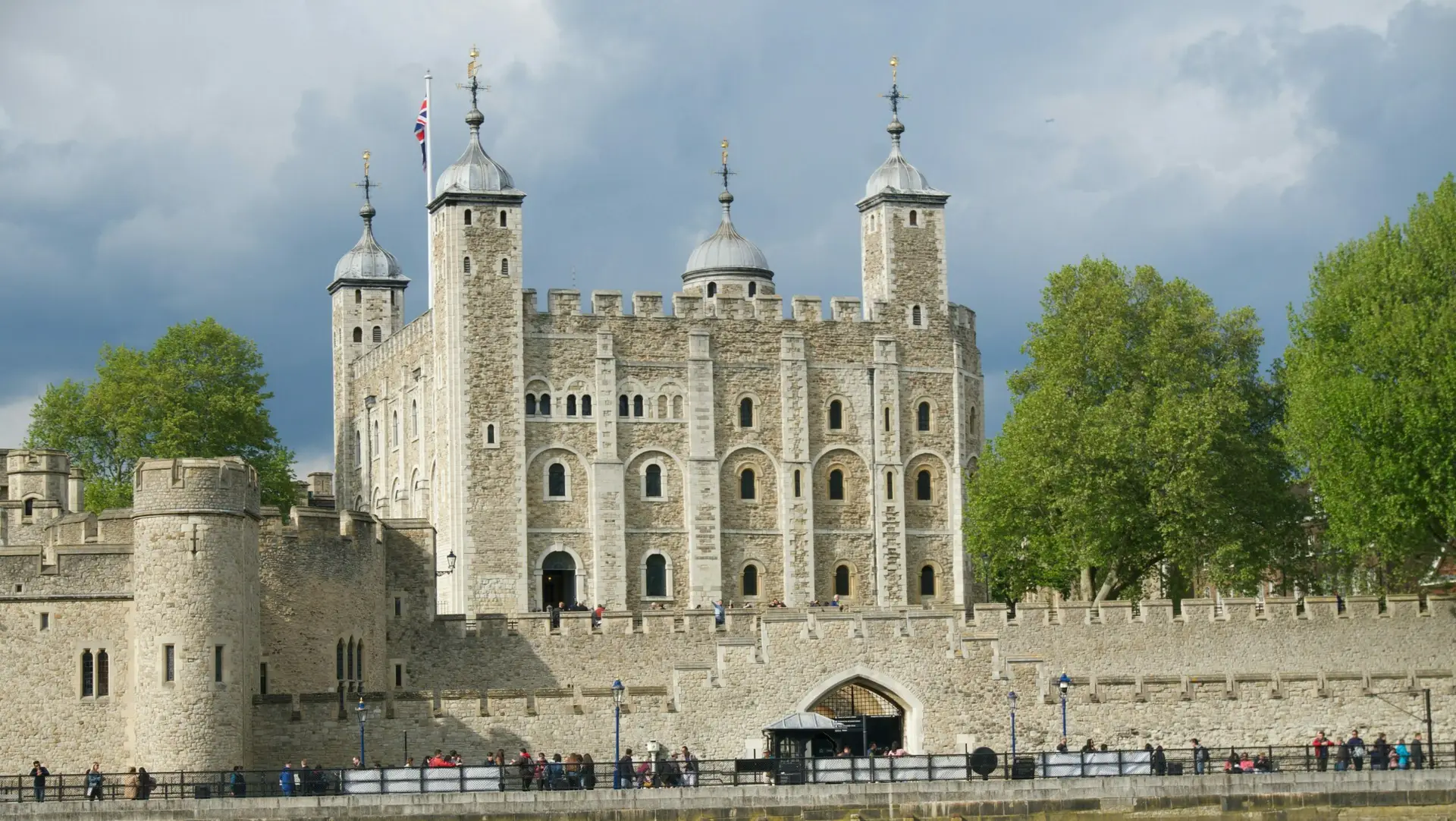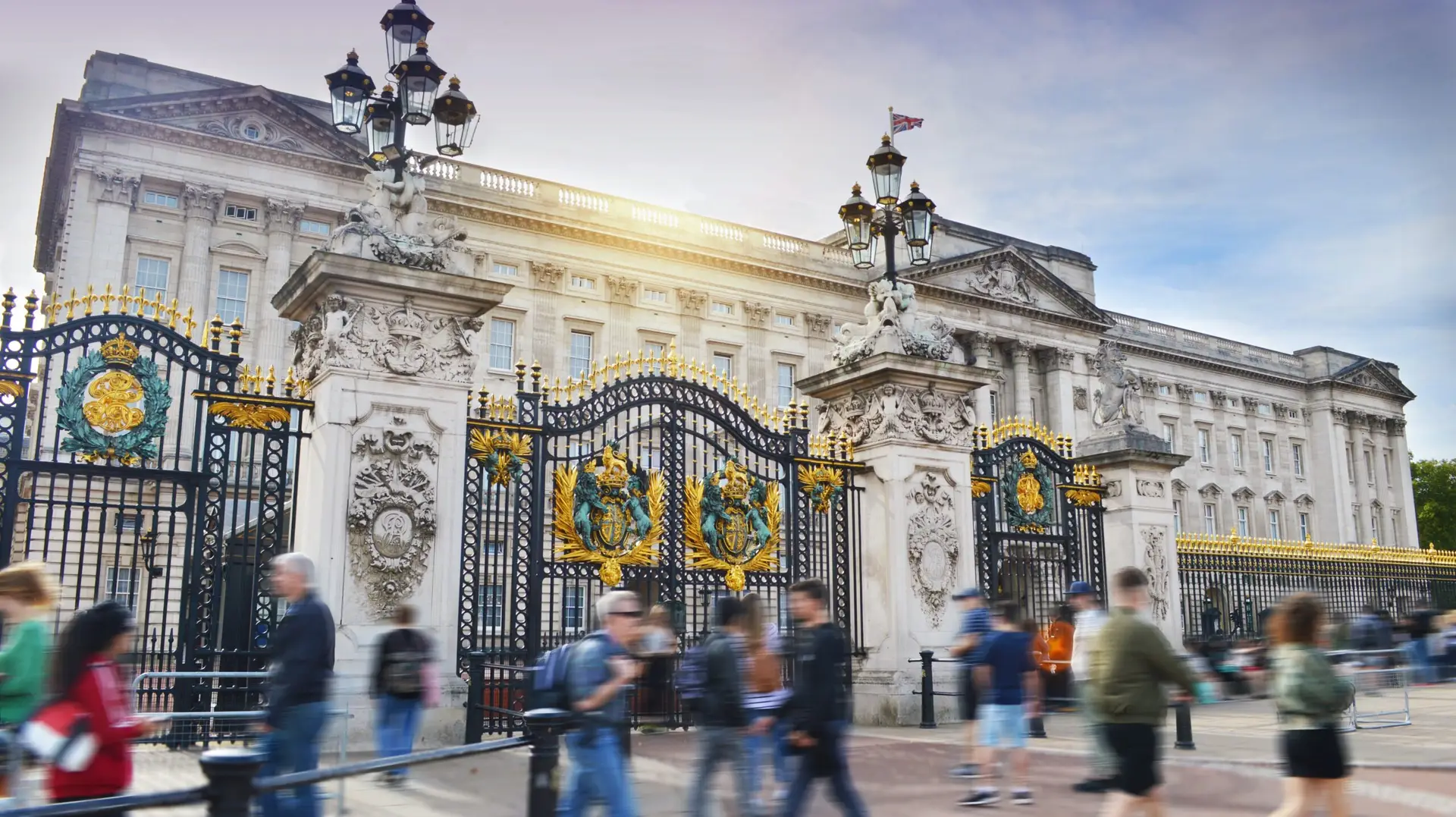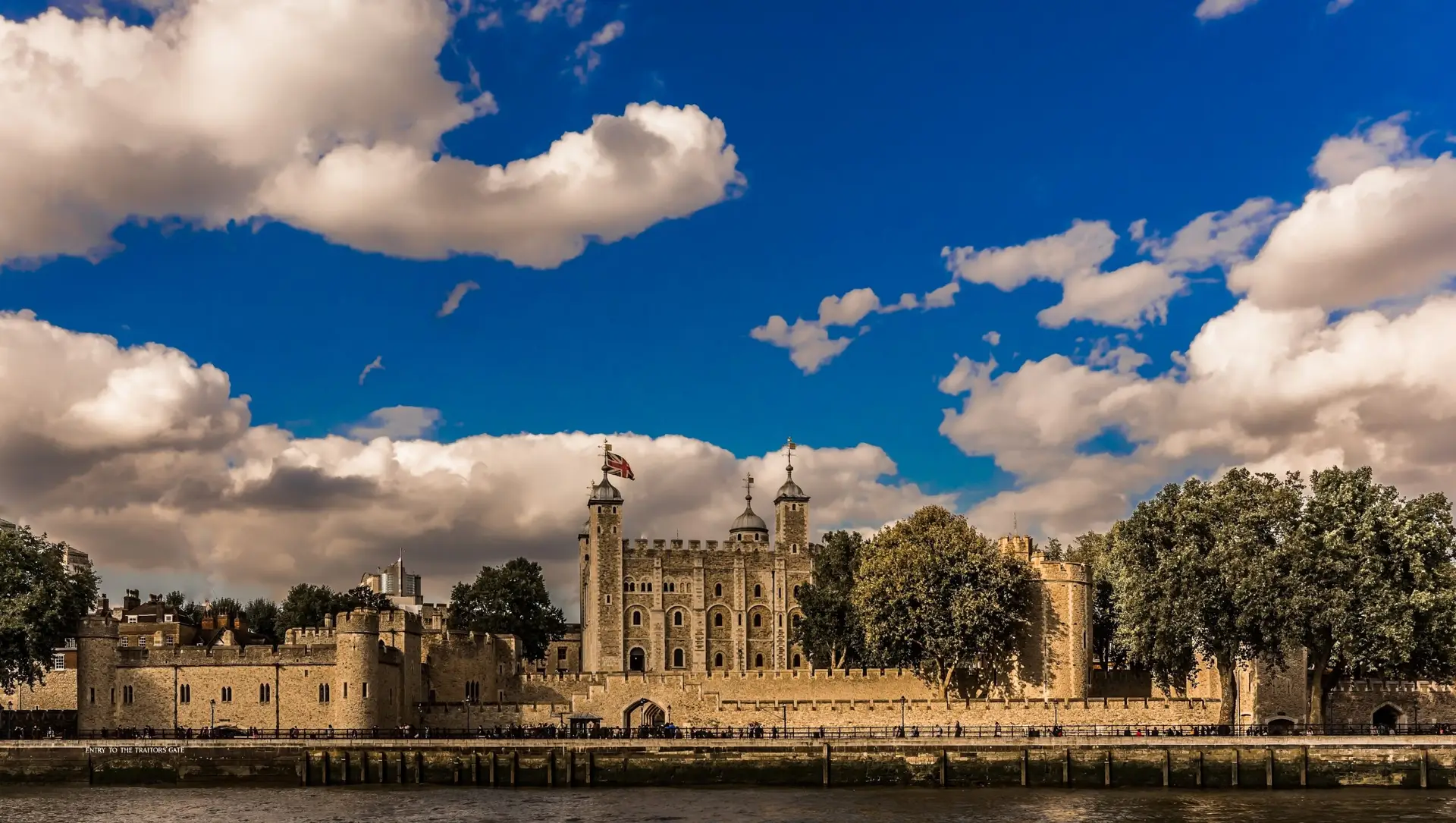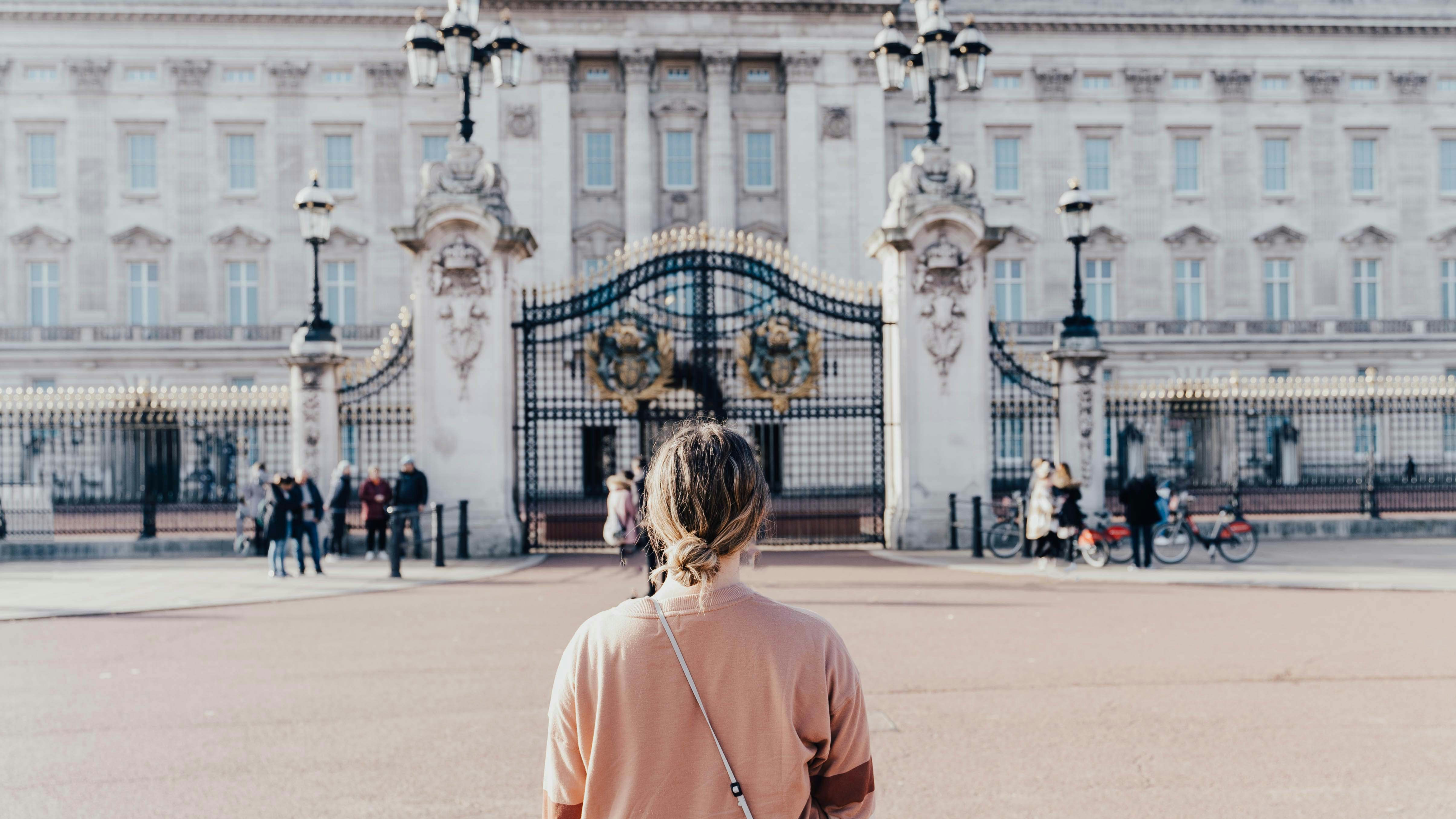Royal Tours in London - Royal Residences: Then and Now

Dive into the world of Royal Tours in London. This article explores the rich history and current use of some of London’s most iconic royal residences: Buckingham Palace, Kensington Palace, and the Tower of London. We’ll delve into fascinating anecdotes, architectural details, and how these grand structures continue to play a role in modern Britain.
Buckingham Palace: the Heart of the Monarchy
Buckingham Palace is perhaps the most iconic of all the royal residences. Originally known as Buckingham House, it was built in 1703 for the Duke of Buckingham. In 1761, King George III acquired the house for his wife, Queen Charlotte, transforming it into a royal residence known as the “Queen’s House.”
It wasn’t until the accession of Queen Victoria in 1837 that Buckingham Palace became the official royal residence. Over the years, the palace has undergone significant expansions and renovations. The most notable of these were carried out by architects John Nash and Edward Blore, who added the East Wing and the iconic central balcony.
Architectural Details
Buckingham Palace boasts an opulent facade made of Portland stone, with its neoclassical design exuding grandeur and majesty. The palace has 775 rooms, including 19 State Rooms, 52 Royal and guest bedrooms, 188 staff bedrooms, 92 offices, and 78 bathrooms. The State Rooms, used for official and state entertaining, are open to the public each summer, offering a glimpse into the splendor of royal life.
Current Use
Today, Buckingham Palace remains the administrative headquarters of the British monarch. It is the venue for numerous official events, receptions, and state banquets. The Changing of the Guard, a time-honored ceremony, takes place outside the palace and attracts thousands of visitors. Despite its official functions, the palace is also a working building, housing the offices of those who support the day-to-day activities of the Queen and the Duke of Edinburgh.
Kensington Palace: a Royal Residence with a Personal Touch
Kensington Palace has been a royal residence since the 17th century. It was originally a Jacobean mansion known as Nottingham House, purchased by King William III and Queen Mary II in 1689. They commissioned Sir Christopher Wren to extend and modernize the building, transforming it into a comfortable royal residence.
Over the centuries, Kensington Palace has been the birthplace and childhood home of many royals, including Queen Victoria. The palace has also seen its share of drama and tragedy, such as the death of Princess Charlotte in 1817, which had profound implications for the line of succession.
Architectural Details
Kensington Palace features a blend of Jacobean and Georgian architectural styles. The red-brick exterior and elegant proportions reflect Wren’s influence. Inside, the King’s State Apartments and the Queen’s State Apartments are richly decorated, showcasing artworks and furnishings that reflect the palace’s storied history.
The Sunken Garden, created in 1908, is one of the palace’s most beautiful features. It was redesigned in 2017 to honor the memory of Diana, Princess of Wales, who lived at Kensington Palace from 1981 until her death in 1997.
Current Use
Today, Kensington Palace is divided into public and private areas. The public areas include the State Rooms and various exhibitions that delve into the history of the palace and its royal inhabitants. The private areas are home to several members of the royal family, including the Duke and Duchess of Cambridge and their children. The palace serves both as a museum and a functional royal residence, blending history with contemporary royal life.
The Tower of London: from Fortress to Royal Residence
The Tower of London is one of the city’s oldest and most historic royal residences. Founded by William the Conqueror in 1066, the Tower has served many roles over the centuries, including a royal palace, prison, treasury, and even a zoo.
One of the most infamous periods in the Tower’s history was its use as a prison, where notable figures such as Anne Boleyn, Guy Fawkes, and the Princes in the Tower were held. Despite its grim reputation, the Tower has also been a site of great royal ceremony, including the coronation procession of Queen Elizabeth I.
Architectural Details
The Tower of London is an impressive fortress, with its central White Tower being the oldest part. Built from Caen stone, the White Tower features Norman architectural elements, including thick walls and narrow windows designed for defense. The complex includes several other buildings, such as the Bloody Tower and the Jewel House, where the Crown Jewels are displayed.
The Tower’s medieval architecture is complemented by its strategic location on the River Thames, providing both defense and a majestic setting. The Yeoman Warders, or “Beefeaters,” who guard the Tower, add to its historical ambiance.
Current Use
Today, the Tower of London is one of the city’s most popular tourist attractions. It houses the Crown Jewels, which include some of the most spectacular symbols of the British monarchy, such as the Imperial State Crown and the Sovereign’s Sceptre with Cross. The Tower also offers fascinating tours led by the Yeoman Warders, who share tales of the Tower’s bloody and dramatic history.
While no longer a royal residence, the Tower still maintains its ceremonial role. The Ceremony of the Keys, a traditional locking up of the Tower, has been conducted every night for over 700 years. This ritual underscores the Tower’s enduring significance in British history and heritage.
Windsor Castle: a Regal Escape
Windsor Castle, located just outside of London, is the oldest and largest inhabited castle in the world. It was founded by William the Conqueror in the 11th century and has been used by every reigning monarch since Henry I. Over its long history, Windsor Castle has served as a fortress, a royal court, and a comfortable retreat for the royal family.
The castle has witnessed many significant historical events, including the marriage of Prince Harry and Meghan Markle in 2018. During World War II, it was a safe haven for the royal family, with secret plans in place to evacuate the Queen and her sister to Canada if necessary.
Architectural Details
Windsor Castle combines elements of a medieval fortress with Gothic and Georgian architecture. The Round Tower, one of the most distinctive features, provides a striking silhouette against the skyline. St. George’s Chapel, a masterpiece of Gothic architecture, is the spiritual heart of the castle and the site of many royal weddings and burials.
The State Apartments are lavishly decorated with artworks from the Royal Collection, including pieces by Rembrandt and Rubens. The Queen’s presence is indicated by the flying of the Royal Standard from the Round Tower.
Current Use
Windsor Castle remains a working royal palace and the preferred weekend residence of Queen Elizabeth II. It hosts state banquets, official events, and receptions, blending the pomp of royal tradition with the warmth of a family home. The castle is open to the public, allowing visitors to explore its grand State Apartments, the stunning St. George’s Chapel, and the vast grounds.
Hampton Court Palace: a Tudor Treasure
Hampton Court Palace, located on the banks of the River Thames, is synonymous with King Henry VIII. The palace was originally built by Cardinal Thomas Wolsey in the early 16th century and later seized by Henry VIII, who expanded it significantly. It became a favorite royal residence, witnessing numerous historical events, including the birth of Henry’s son, Edward VI.
Hampton Court continued to be used by subsequent monarchs, including James I and Charles I. The palace was extensively renovated by Sir Christopher Wren during the reign of William III and Mary II, adding a touch of Baroque elegance to its Tudor foundations.
Architectural Details
Hampton Court Palace is a stunning example of Tudor and Baroque architecture. The Great Hall, with its hammerbeam roof and lavish tapestries, is one of the most impressive Tudor interiors in existence. The palace’s Tudor kitchens are another highlight, providing a fascinating glimpse into the culinary world of the 16th century.
Wren’s additions include the Fountain Court, an elegant quadrangle that reflects the architectural style of Versailles. The palace’s gardens, including the famous maze and the Great Vine, planted in 1768, are equally spectacular and offer a tranquil escape from the city.
Current Use
Today, Hampton Court Palace is managed by Historic Royal Palaces and is open to the public. It hosts various events throughout the year, such as the Hampton Court Palace Festival and the annual Flower Show. The palace’s rich history and stunning architecture make it a captivating destination for visitors of all ages.
London’s royal residences iare more than just grand buildings; they are living monuments to the city’s rich history and ongoing traditions. From the political heart of Buckingham Palace to the historical significance of the Tower of London, these residences offer a fascinating glimpse into the life and legacy of the British monarchy. Whether exploring the lavish State Rooms, wandering through historic gardens, or uncovering the stories behind their walls, visitors can experience the grandeur and history that make these royal homes truly extraordinary. So, when in London, take the time to visit these iconic landmarks and immerse yourself in the royal heritage that has shaped this remarkable city. Join our Royal Tours in London!
Keep reading:
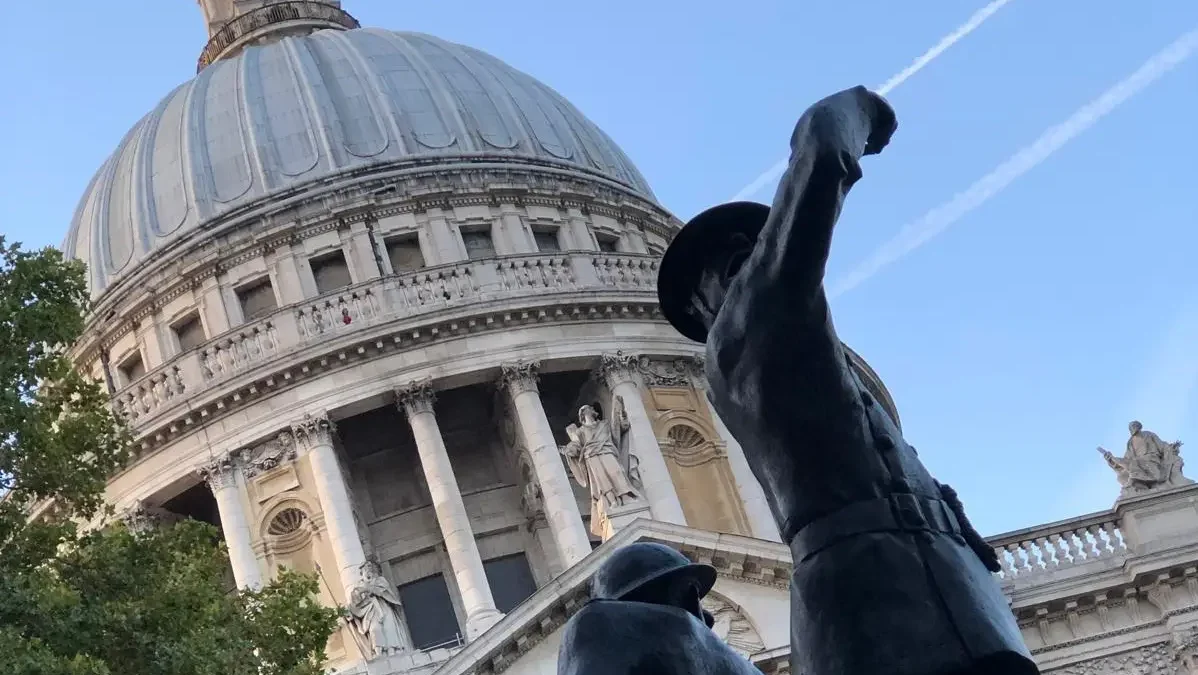
Step back in time on this small group tour through London’s WWII history, seeing iconic sites like St. Paul’s Cathedral from the outside, the ruins of St. Dunstan-in-the-East, and the HMS Belfast, uncovering stories of resilience and bravery.
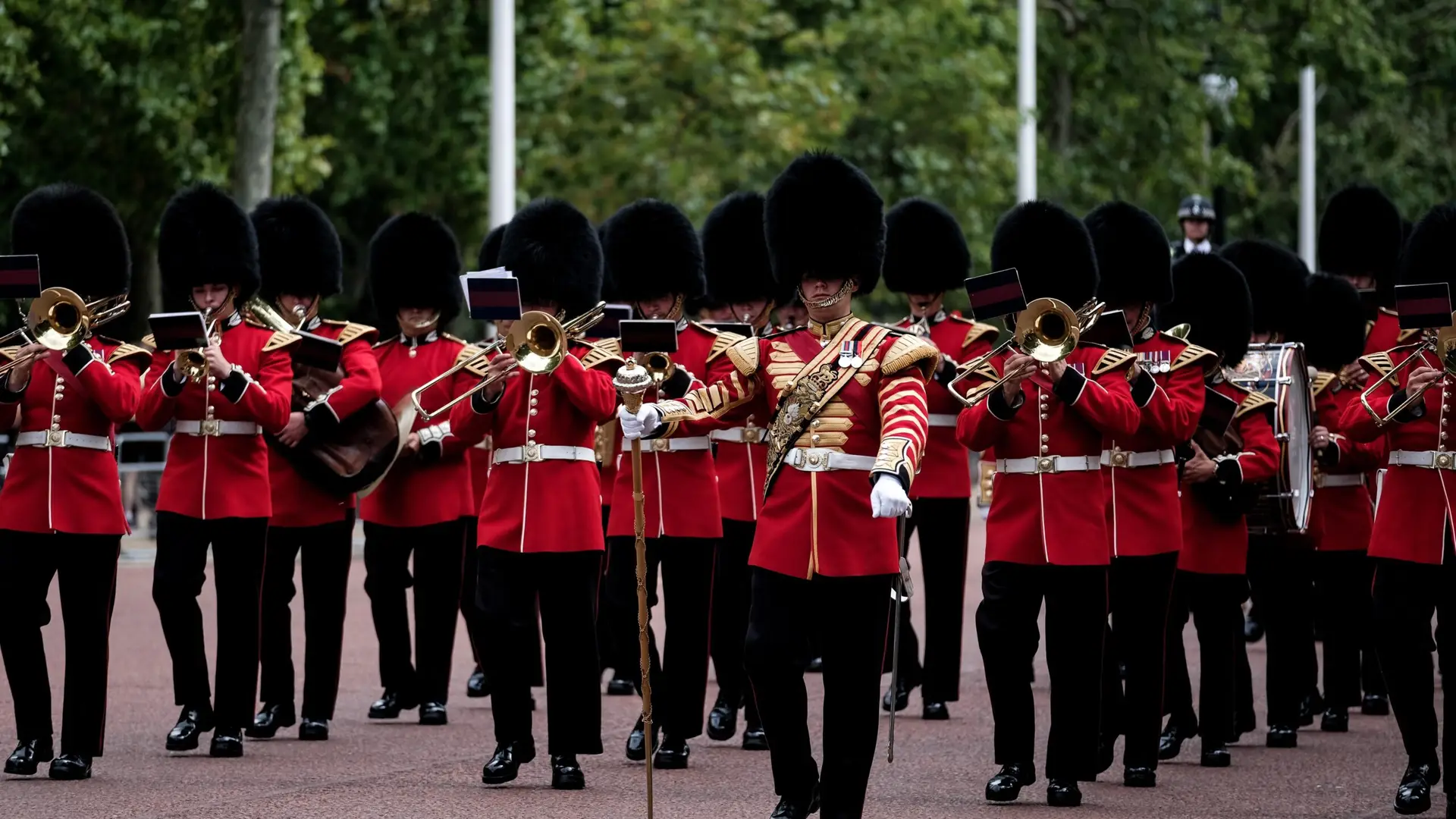
Best Seller
Get closer to the world-famous Changing of the Guard ceremony in London on a private or small-group tour led by a local. Discover the significance behind one of the most iconic British traditions.

Best Seller
Discover the epicentre of British democracy during WWII as you explore Westminster and Churchill's War Room. See where decisions were made and plans were laid to repel the German invasion.
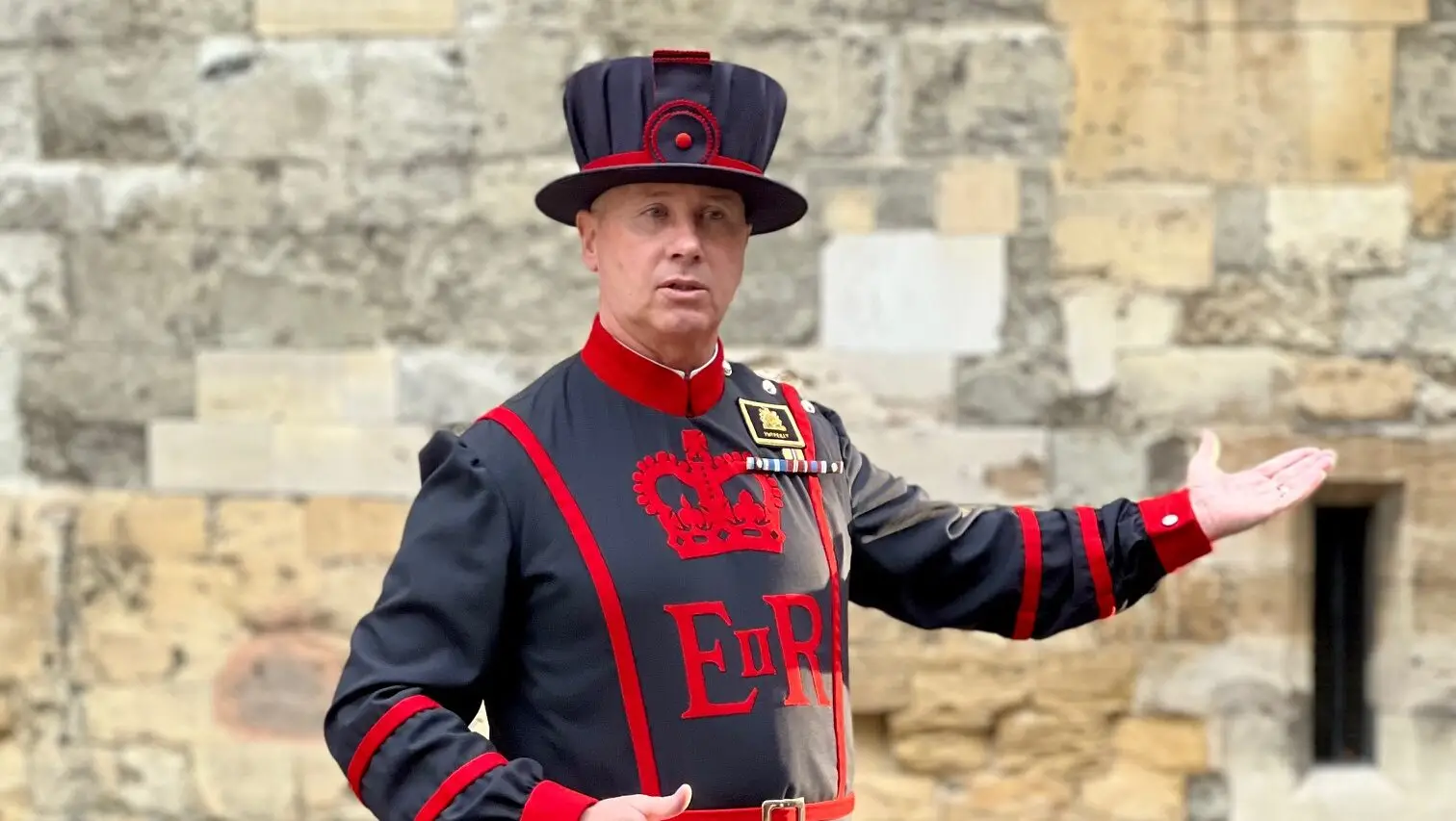
Best Seller
Be the first in line to explore the crown jewels and witness the opening ceremony at the Tower of London. Take part in an adventure that will see you travel from the old City regal city of Westminster.
Book With Extra Flexibility
Choose new departure dates if your plans change.
Reach out to us anytime via online chat, phone or email.
Get credit for future trips if you need more time to decide.
Change to a different tour run by the same tour operator.


